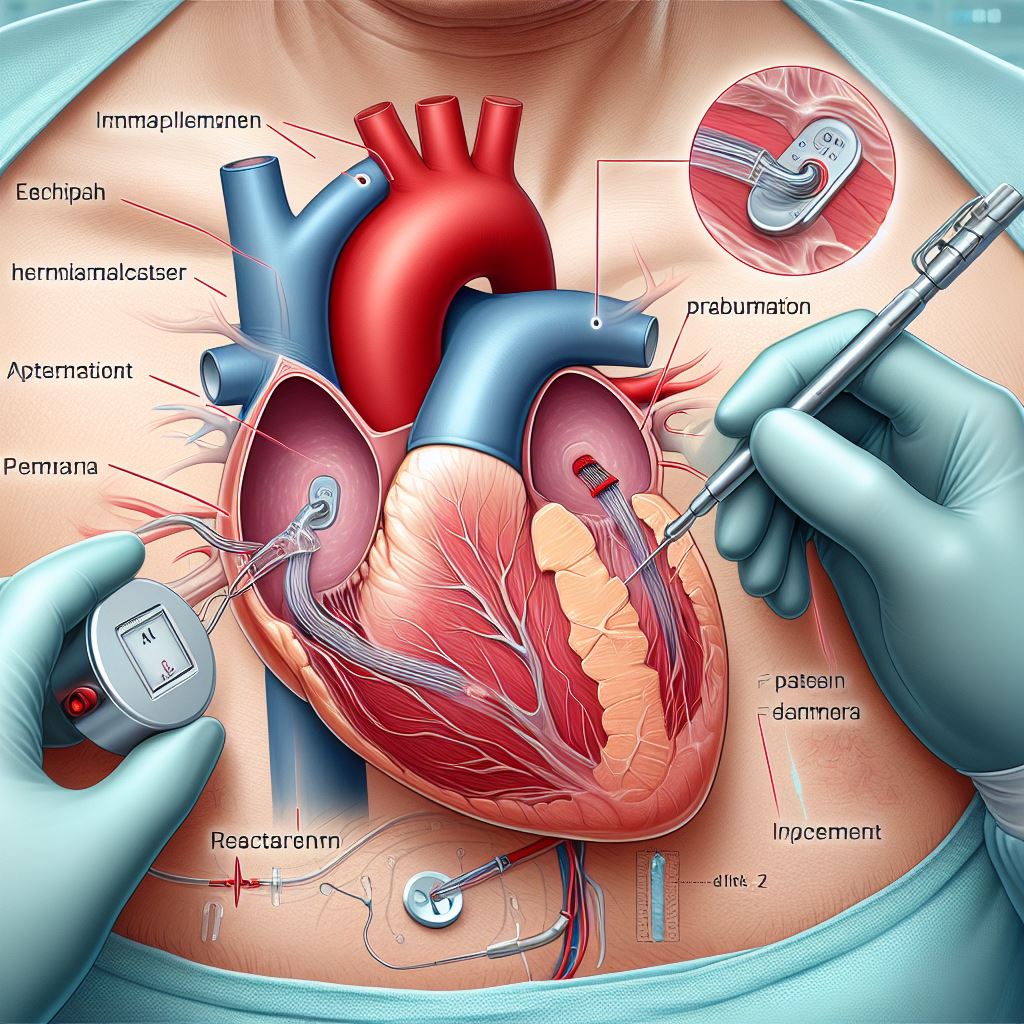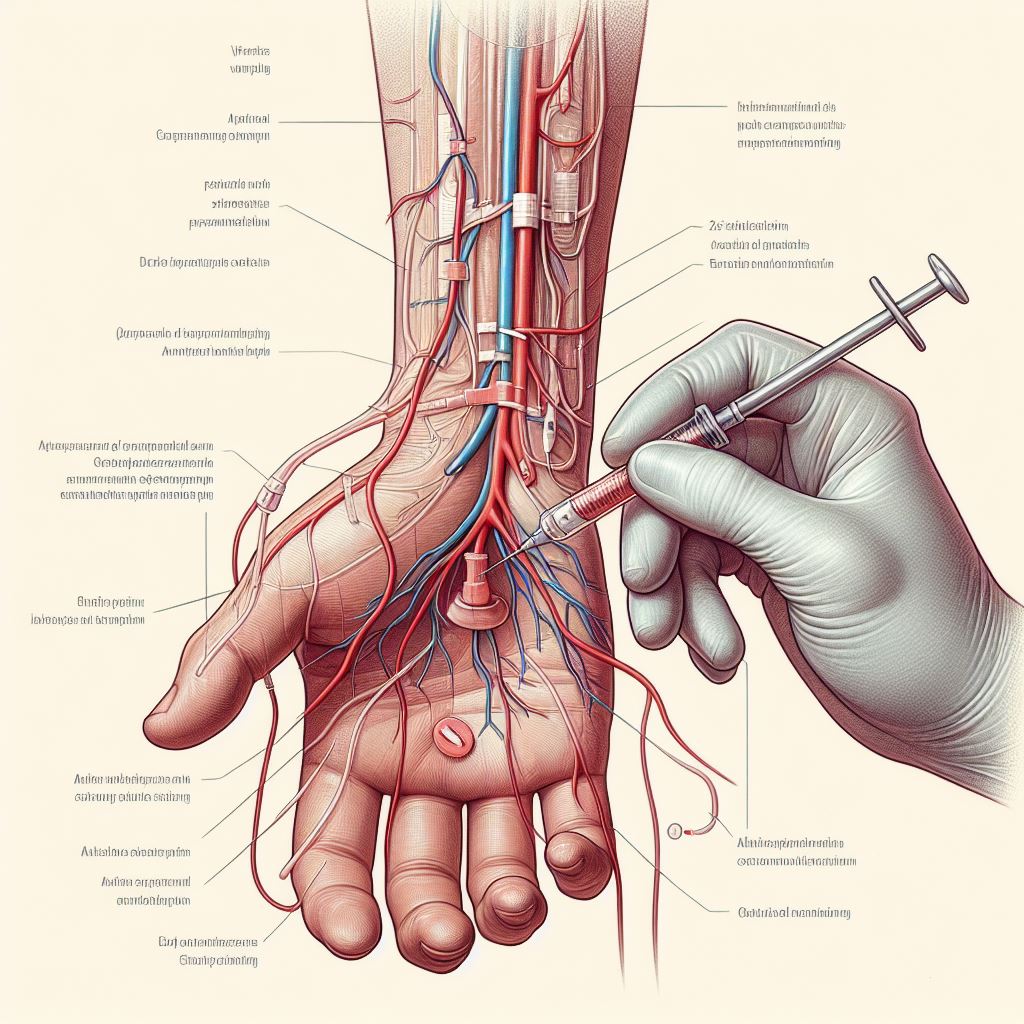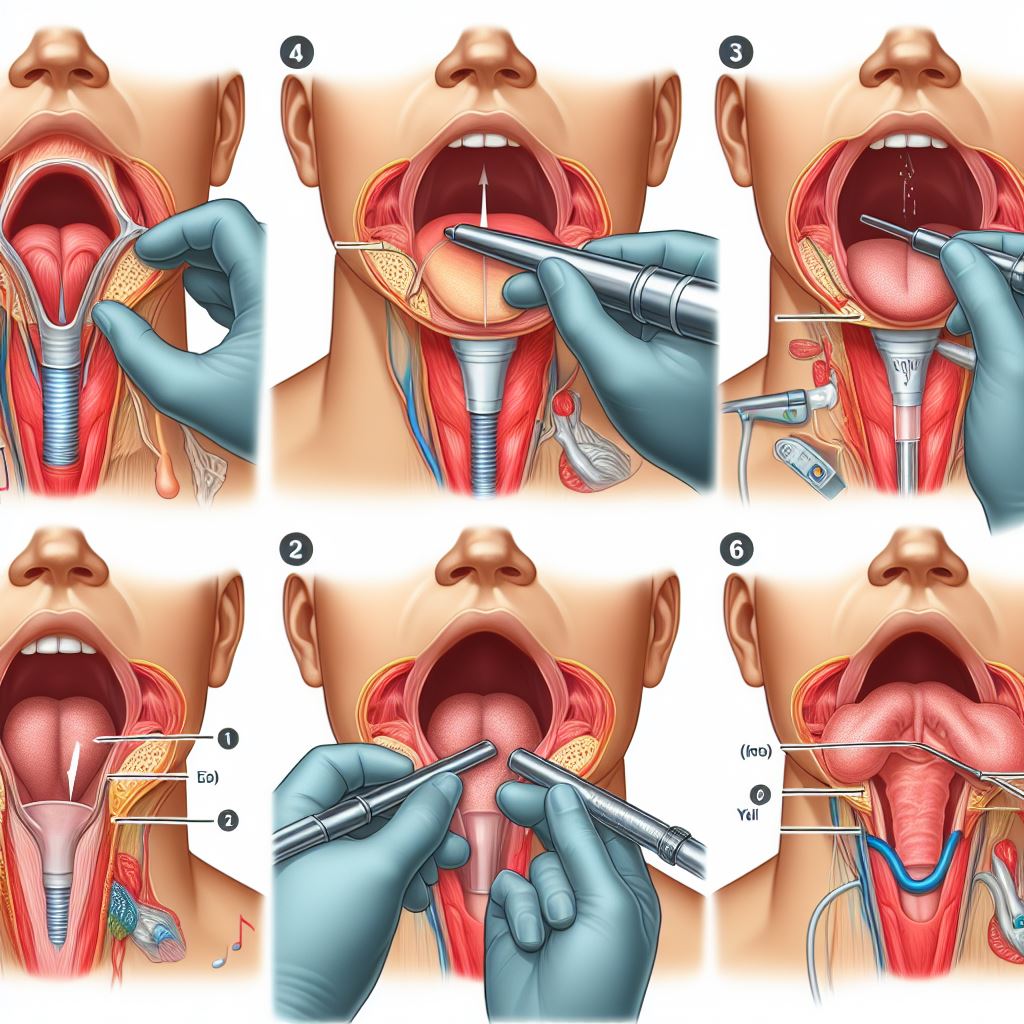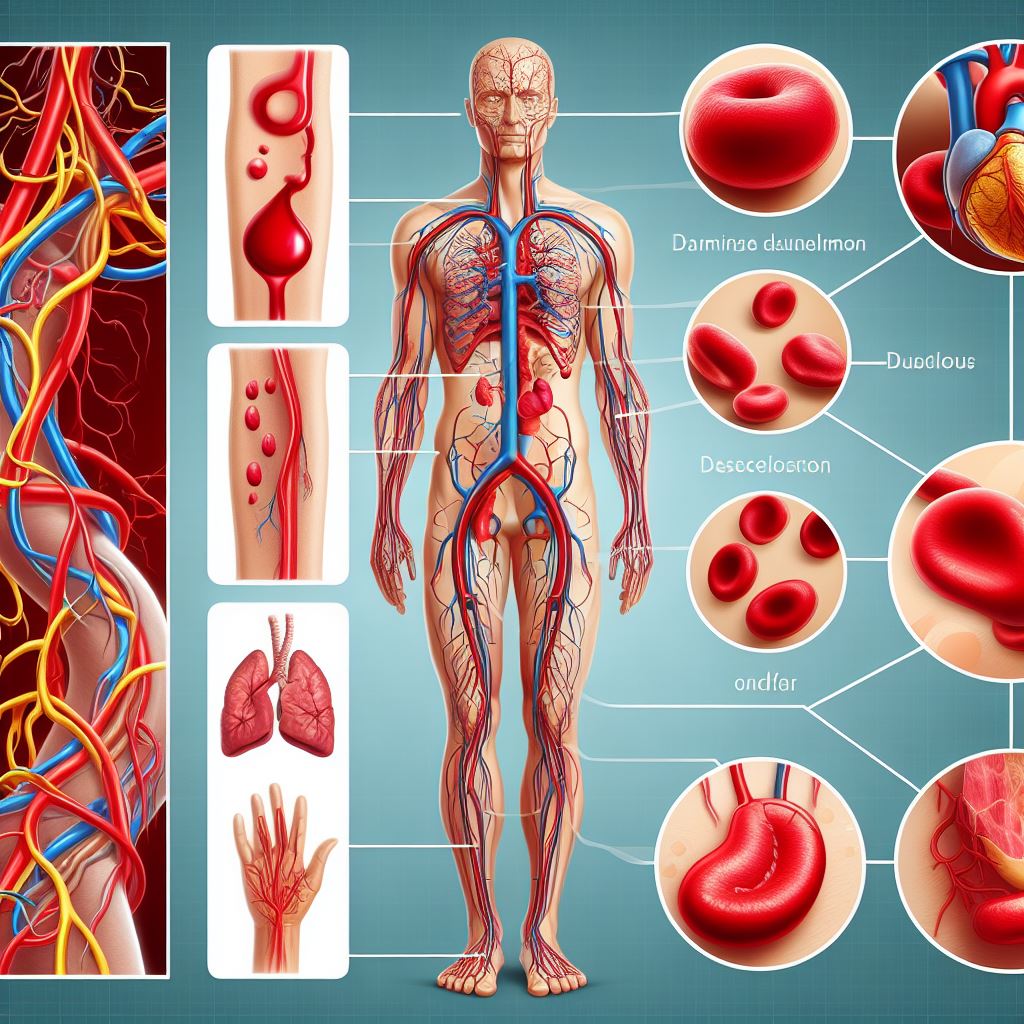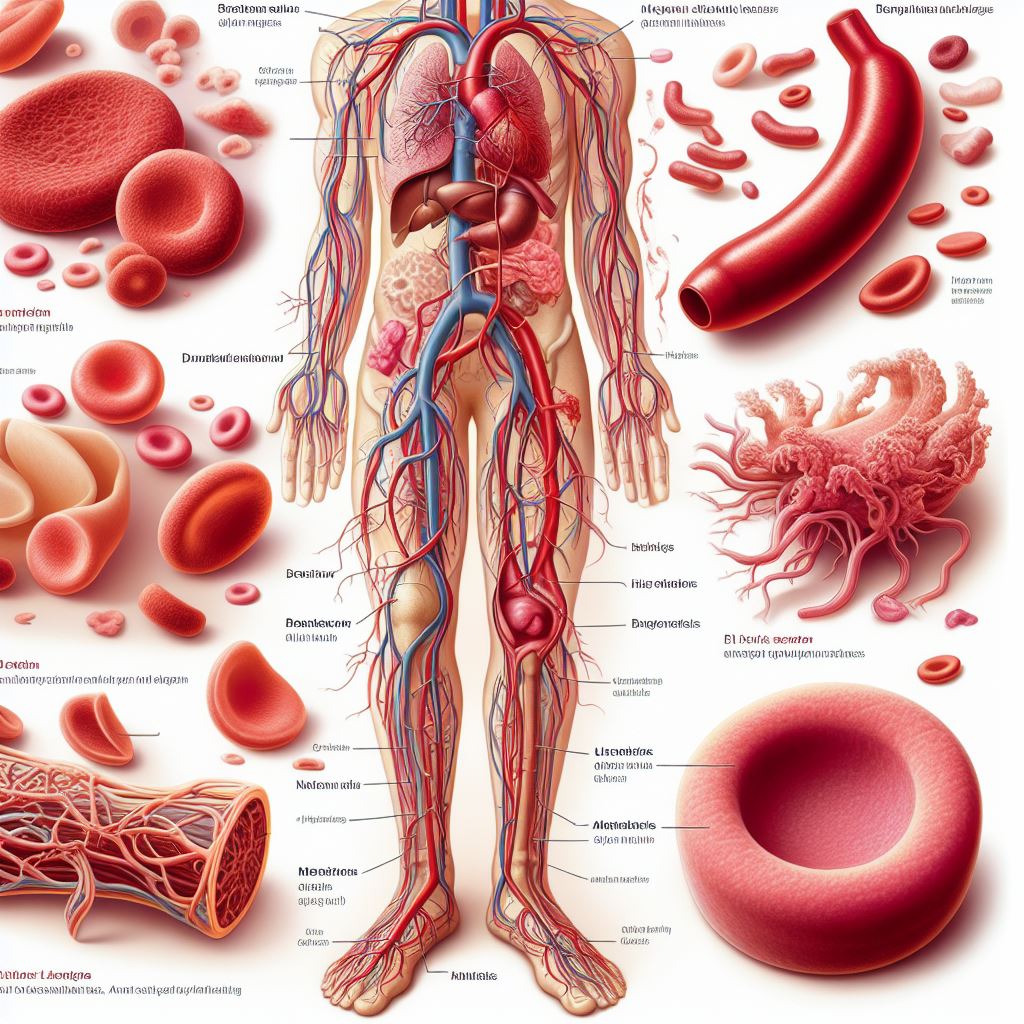
HIS Bundle Pacing
HIS Bundle Pacing
Overview
HIS Bundle Pacing stands as an innovative and advanced cardiac pacing
technique designed to address specific cardiac rhythm disorders. It involves
the precise placement of a pacing lead on the HIS bundle, a critical part of
the heart's intricate electrical conduction system. This method is gaining
prominence for its potential to restore normal heart rhythm more
physiologically and efficiently compared to traditional pacing options.
Procedure
The HIS Bundle Pacing procedure is a specialized intervention performed
in an electrophysiology lab, where the focus is on mapping and understanding
the heart's electrical pathways. Here's a step-by-step breakdown of the
procedure:
1. Preparation: Patients undergoing HIS Bundle Pacing are generally awake but sedated
to ensure comfort. The initial step involves cleaning and numbing the area,
typically near the collarbone, where the pacing lead will be inserted.
2. Lead Placement: Utilizing fluoroscopy and advanced mapping techniques, the medical team
guides a thin lead wire through the veins, positioning it precisely on the HIS
bundle. This requires a high level of expertise and precision.
3. Testing and Adjustment: After lead placement, the medical team conducts tests to ensure optimal
positioning and makes necessary adjustments to achieve the desired pacing
parameters. This phase is crucial in determining the success of the procedure.
4. Device Implantation: Once the medical team is satisfied with lead placement, the pacing lead
is connected to a pacemaker or implantable cardioverter-defibrillator (ICD)
device. This device is then implanted under the skin, typically in the chest
region.
How to Prepare for the Test
Proper preparation is essential to ensure the success and safety of the
HIS Bundle Pacing procedure. Patients are usually given specific instructions
by their healthcare providers, including:
· Fasting: In some cases,
patients may be required to fast for a certain period before the procedure to
minimize potential complications.
· Medication Adjustments: The medical team will provide detailed instructions regarding any
medications that need to be adjusted or temporarily stopped before the test.
This step is critical in preventing interference with the procedure.
Adhering to these preparation guidelines
is crucial for a smooth and successful HIS Bundle Pacing procedure.
How the Test Will Feel
During the procedure, patients are typically under sedation, ensuring
minimal discomfort. While some individuals may experience a mild sensation as
the pacing lead is being positioned, this discomfort is generally
well-tolerated. The goal is to make the patient as comfortable as possible
throughout the procedure.
Why the Test is Performed
HIS Bundle Pacing is recommended for individuals with specific heart rhythm
disorders or those who have not responded adequately to traditional pacing
methods. The primary objective of the procedure is to restore a more natural
and efficient heart conduction system. The benefits may include improved
symptoms and overall cardiac function.
Results
Following the HIS Bundle Pacing procedure, patients enter a monitoring
phase to assess the effectiveness of the pacing and ensure optimal heart
function. Results can vary among individuals, and specific outcomes and
expectations are discussed during follow-up appointments with the healthcare
provider.
Risks
While HIS Bundle Pacing is generally considered safe, like any medical
procedure, it is not without risks. Some potential risks include:
· Bleeding or Infection: There is a slight risk of bleeding or infection at the site where the
pacing lead is inserted. Close monitoring and proper care can mitigate these
risks.
· Pacing Lead Displacement: In rare cases, the pacing lead may need repositioning due to
displacement. Regular follow-up appointments are crucial to detect and address
such issues promptly.
· Allergic Reaction: Some patients may experience an allergic reaction to the materials used
during the procedure. This risk is usually minimized through thorough
pre-procedure assessments.
Patients must engage in open and thorough discussions with their healthcare providers to
understand the potential risks and benefits associated with HIS Bundle Pacing
fully.













